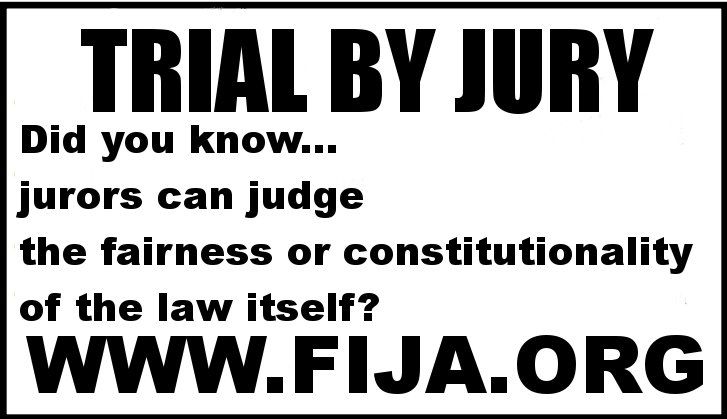Hugh Hewitt had an interesting interview with Major General James E. Simmons, Deputy Commanding General for Support of Multi-National Forces, Iraq yesterday, and here is an excerpt:
HH: And how have conditions changed generally in Iraq, Major General, since the beginning of ’07?
JS: Well, this…here, since we have executed the surge of forces here in Iraq, over the last several weeks, we have seen a significant success in al Anbar, in which the attack rate back in November, or whenever we got here, was somewhere around 70, 75 attacks a day down to five to seven attacks a day out in al Anbar, an area that was considered, you know, one of the most dangerous places in Iraq. The situation in Baghdad continues to improve every day. You see the markets are open, you see the amusement parks open. The zoo is open. People are attending that. We still have some rough areas in Baghdad, and we do see the enemy having some tactical successes there occasionally. We have liberated Baqubah and driven al Qaeda out of Baqubah up into the Diyala River Valley, a significant operation that was done very well by 3-2 Stryker out of Fort Lewis, Washington. So what I see overall is an improving security situation here in Iraq, which then gives the Iraqi people an opportunity to get economics working, get the local government working, and an opportunity for their central government to begin to work better.
HH: Now Major General Simmons, let’s start with Baghdad, and then move out to Diyala and a couple of the other provinces. In Baghdad, you mentioned those rough areas. Are those primarily Sunni areas or Shia areas, and what’s going on to bring them into the general security environment in Baghdad?
JS: Well, generally speaking, they’re along fault lines between where Shia and Sunni neighborhoods exist, East and West Rashid, Dora, Adamiyah, Qatamiyah areas are the ones that are primarily the problem areas. We did see, we have seen some IED events, some recent increase in some IED events in New Baghdad, which is on the east side of the river, which is a predominantly Shia area. But generally speaking, those areas that I mentioned are the fault lines where you have a struggle for control of those neighborhoods between Shia and Sunni. But we have seen the sectarian violence go down here in Baghdad significantly here over the last several weeks, and like today, I think, we had 87 attacks in all of Iraq, which is a significantly low number for Tuesday. That was a 24 hour old reporting, as we looked at it. And this month, so far, thank goodness, our casualties on Coalition forces have continued the downward trend that started last month.
HH: When you mention sectarian violence, General, can you give us some sort of scale in terms of the numbers of killed month to month? Is it down into the teens or the twenties, or is it still up in triple figures?
JS: Generally speaking, whenever you look at a month by month basis, you’re still talking about figures that are in the hundreds across all of Iraq whenever you talk about casualties. You’re not talking about just sectarian violence there. We record all of the indications there that would include criminal activity as well as military activity, whenever you look at it.
Source: Hugh Hewitt
Transcript
Audio Hour Two Hour Three






























0 comments :
Post a Comment